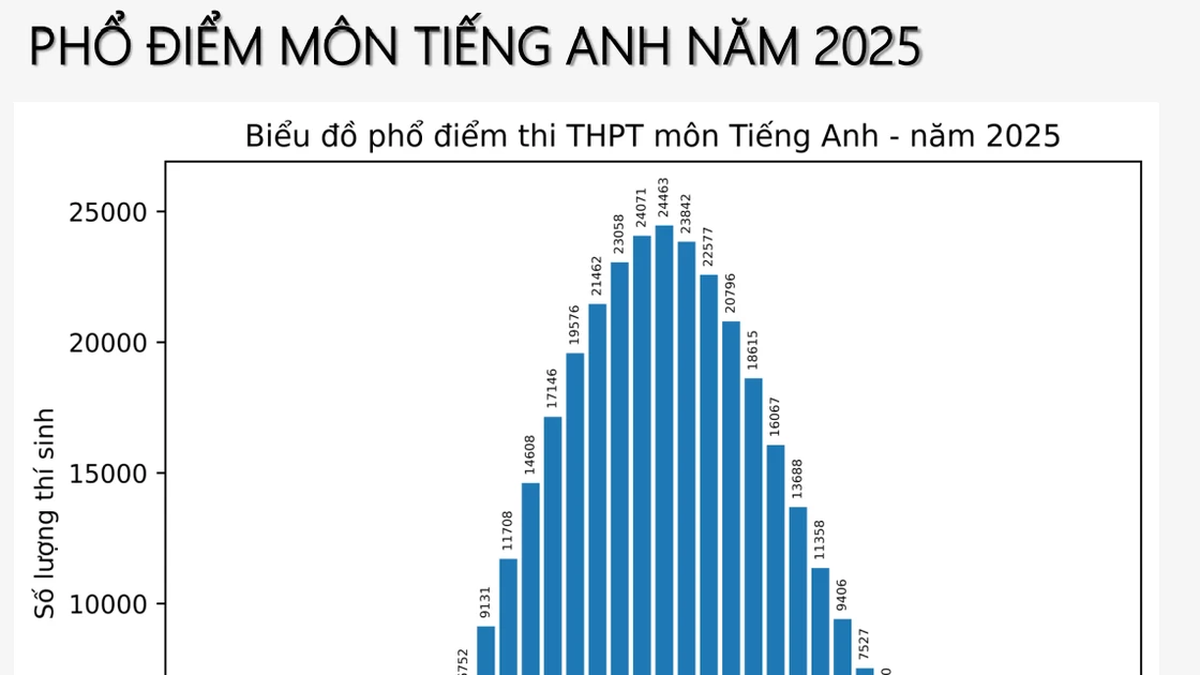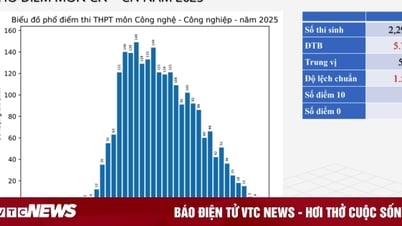A data released on February 21 shows that more and more men in South Korea are neither working nor looking for work, instead spending all their time raising children.
Specifically, the Korea Herald newspaper cited data provided by the Korean Statistics Agency (KOSTAT), saying that the number of men who considered childcare as a reason for not participating in the economy in 2023 was about 16,000, an increase of 37.4% compared to about 12,000 people the previous year.
This is the highest level ever since KOSTAT first compiled data in June 1999.
The number of stay-at-home dads has also increased steadily, from 6,000 in 2013 to 9,000 in 2019, and reaching 13,000 in 2021.
The increase is believed to be due to the government's expansion of parental leave policies and men's growing awareness of the importance of childcare.
By age group, men aged 40 accounted for the highest number (about 8,400 people, equivalent to 53.3%), followed by those aged 30 (4,600 people, equivalent to 28.8%).
On the other hand, the number of women who are not working or participating in earning income is about 840,000, marking a decrease of 14.7% compared to 984,000 the previous year. These numbers are decreasing as more women continue to work after giving birth.
By age group, women in their 30s accounted for 497,000 people (equivalent to 59.1%), and those in their 40s accounted for 219,000 people, equivalent to 26.1%.
South Korea's fertility rate is set to fall to 0.72 in 2023. The government is waging a battle against the low birth rate as the figure is expected to fall to 0.68 this year.
On February 21, the Ministry of Gender Equality and Family introduced a series of measures to address the low birth rate, including supporting childcare services for dual-income families, as well as subsidizing part of childcare costs.
The Ministry of Gender Equality is also piloting an emergency childcare service, allowing parents to register up to two hours in advance, to deal with workplace emergencies.
In addition, families with two or more children will receive partial childcare subsidies. The government is also strengthening support for multicultural families with subsidies of 400,000 to 600,000 won (60,000 elementary, middle and high school students from low-income multicultural households will receive subsidies).
"Germany and Sweden have seen their birth rates rise again thanks to finding a balance between work and family," said Minister Kim Hyun Sook.
“The foundation for addressing low fertility rates can be achieved by promoting a family-friendly environment where men and women work and care for children together, to reduce the burden of childcare.”
Minh Hoa (according to Tuoi Tre, Women of Ho Chi Minh City)
Source






































































































Comment (0)